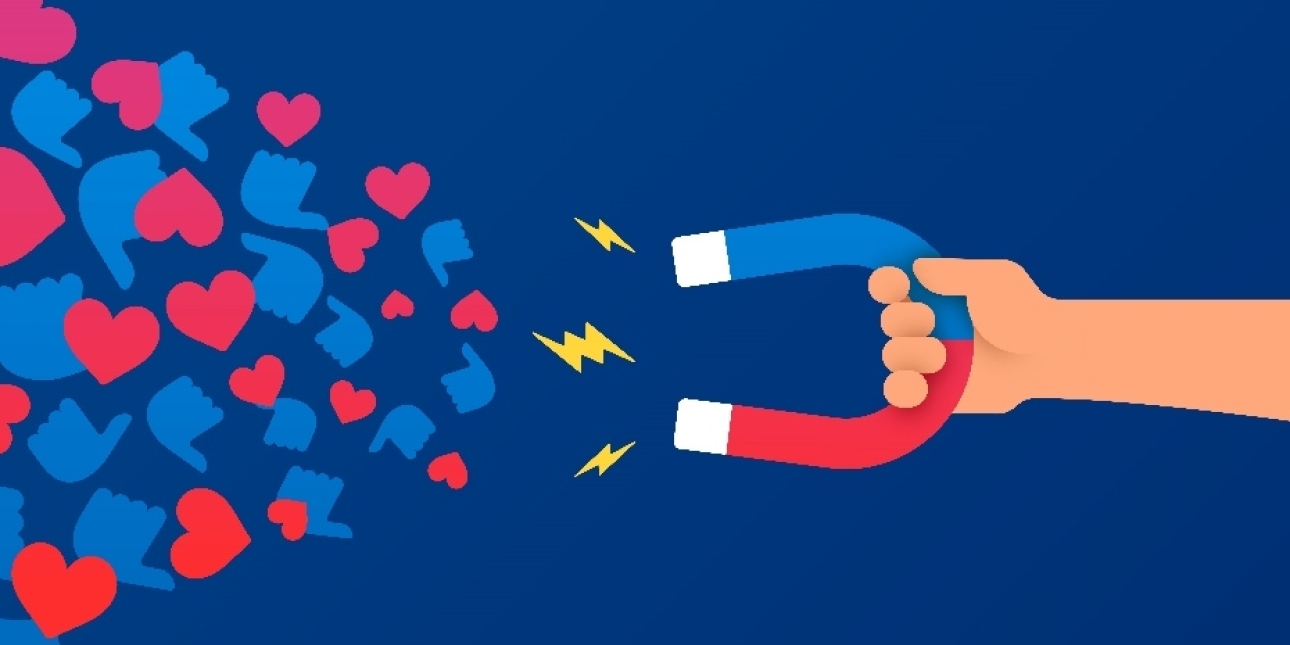PUBLIC RELATIONS
Thursday 21st January 2021
Sales-driven influencer marketing campaigns are going to be 2021's 'must have'
If you sit down and analyse the differences between traditional marketing and influencer marketing you will quickly find a large gap.
Sales-driven campaigns - campaigns that aim to sell a specific product or service over their lifespan, generating defined ROI - are almost entirely absent currently in the influencer marketing sector.
Almost.
Instead, influencer marketing campaigns traditionally focus on brand building, measured by reach or engagement. Influencer marketing ‘builds buzz’; it does not sell products, at least not as an immediate result of seeing an influencer’s post.
Or so the traditional thinking goes.
Behind the scenes brands and agencies have been trying to crack sales-driven campaigns for some time.
Given the spend and size of the influencer marketing marketplace, brands and agencies are reluctant to accept that there isn’t a way to launch an influencer campaign which generates a discrete ROI during its lifetime.
Like all new marketing efforts, the failures so far are not generally viewed as ‘failures’; they’re learning experiences, which have produced valuable data.
In the early days a sales-driven campaign involved sending a product to a super influencer, getting a post in return and hoping the revenue generated from product sales matched the fee paid to the influencer.
It rarely did.
We’re a long way from that now though and brands and agencies, in conjunction with platforms, are starting to get close to sales-driven campaigns which everyone considers successful revenue generation exercises as well as brand builders.
When that happens, it won’t stay quiet for long. Every active participant in the influencer marketplace wants this, without exception, so once something seems to work everyone will jump on board. It seems likely that 2021 will be the year of the sales-driven influencer marketing campaign. Look out for a few of these approaches to start showing up more regularly in influencer timelines.
Influencer-specific launches replace influencer-specific referral codes
Brands have often used specific URL query strings, influencer-specific discount codes and similar to track how much product influencers shift.
But this dynamic could change. Where an influencer has a well-defined audience a brand could make a product available only through that influencer, via a specific landing page and by ensuring promotion of that landing page occurred only on the influencer’s feed. Essentially - the influencer’s highly targeted audience, likely to be fans of the product already, would only be able to get it via the influencer, turning the influencer, for a time, into an exclusive store with exactly what their audience wants and a very defined ROI.
This would also encourage the brand to truly get behind the influencer or influencers in a true partnership approach.
Beauty and a wide variety of hobbies could fit this approach
Unique purchase methods
Product advertising in social media videos is common, but the purchasing experience after these adverts is still clunky, which impacts sales.
But advertising technology from both the social media giants and 3rd party providers is constantly developing and the ability to purchase in-app, in-video is coming.
For low ticket items, which are again highly targeted to an influencer’s audience, this could be all that’s needed to tip followers over the edge and into a one-touch purchase.
Subtle tweaks to how influencers frame their remuneration
Amongst loyal followers of micro influencers in particular there is an accepted background economy. The followers get influencer content they value and, occasionally, the influencer shows up with a sponsored post. Followers accept this as the ‘price’ for that influencer’s content (and when well aligned, perhaps find the product interesting as well), just as we all accept the silent exchange that takes place between our data and the social networks to keep those networks ‘free’.
But the micro influencer/follower dynamic could change this. Followers tend to think of micro influencers as trusted peers and celebrate their successes similar to the success of a friend or family member. I recently saw a brand and influencer place a post basically saying ‘buy this £10 product - which is great, by the way - and you’ll be helping me to keep doing this’.
I’m not 100% sure I’m on board with this approach but what I am on board with is experimentation and the drive to ‘fail faster’ in the pursuit of that holy grail!
You’re going to see sales-driven influencer campaigns, popping up all over the place in 2021 - good and bad. Look out for them, coming to a social media platform near you very soon.

